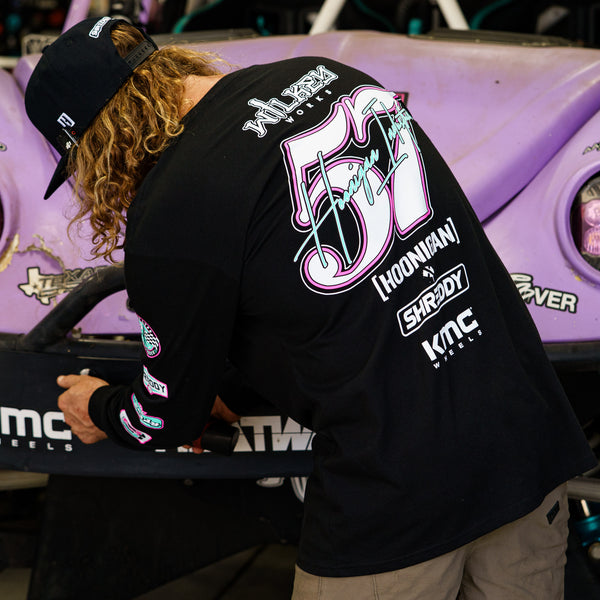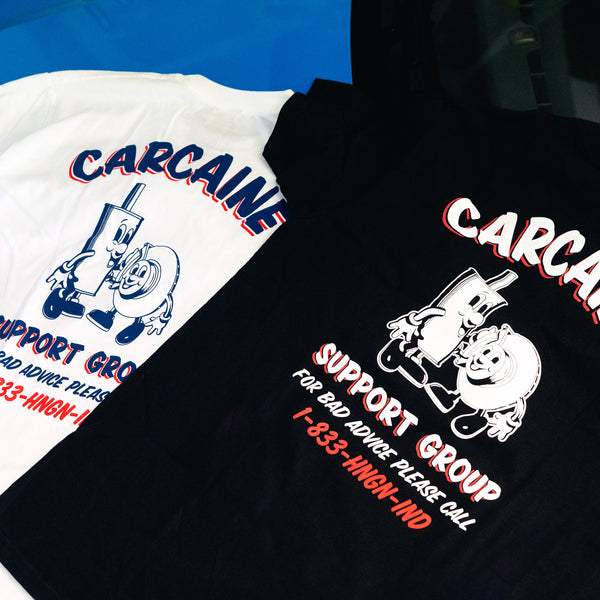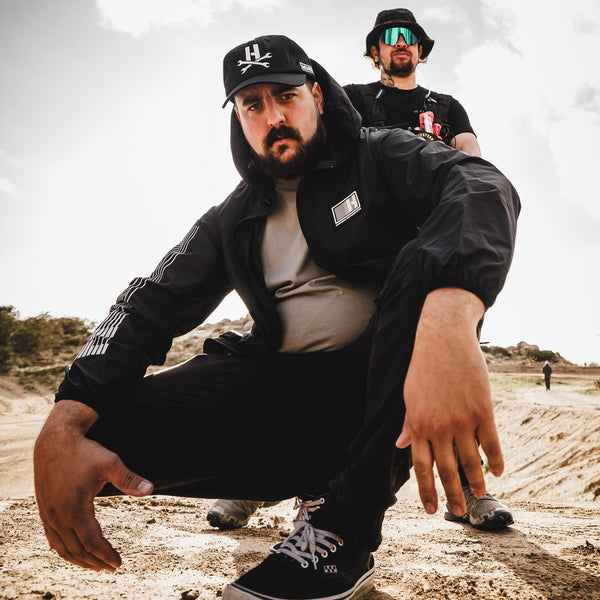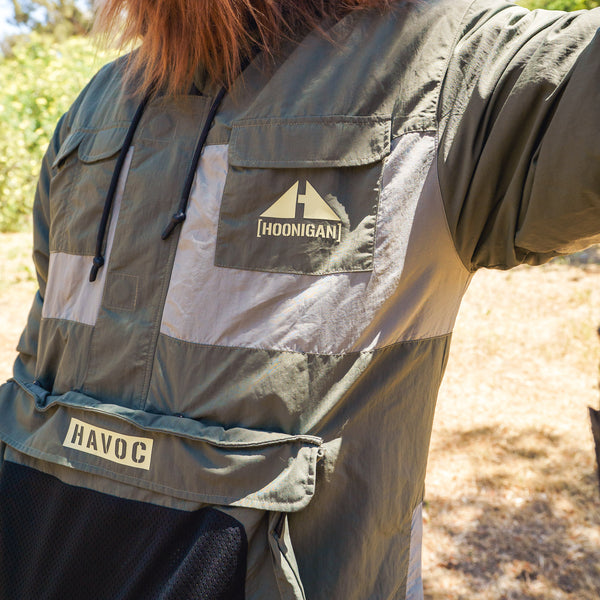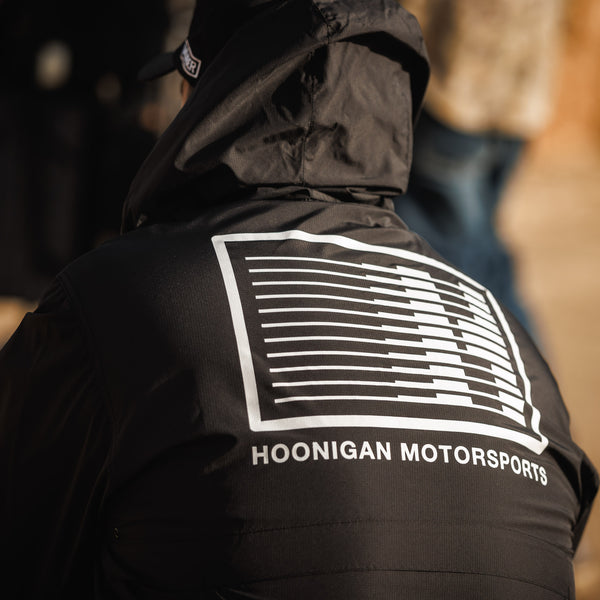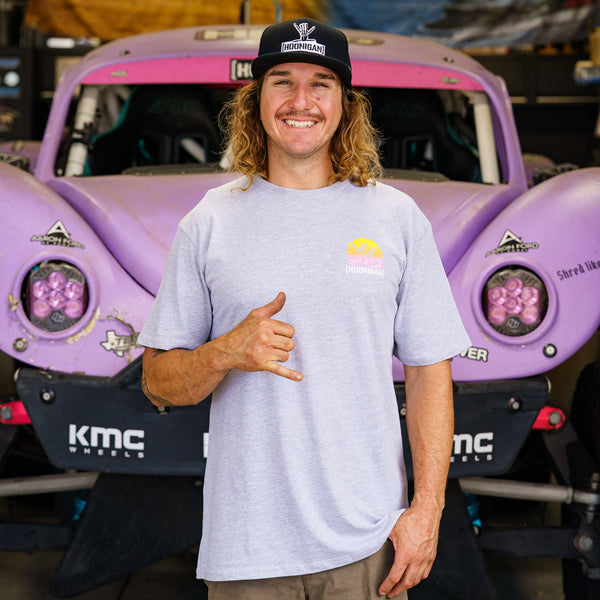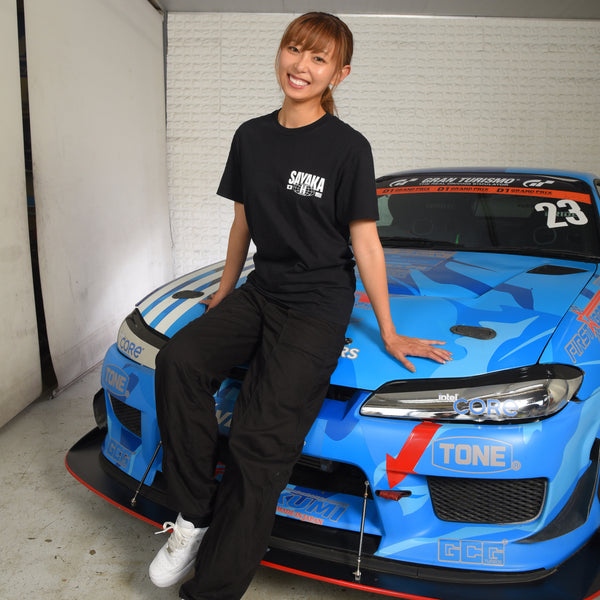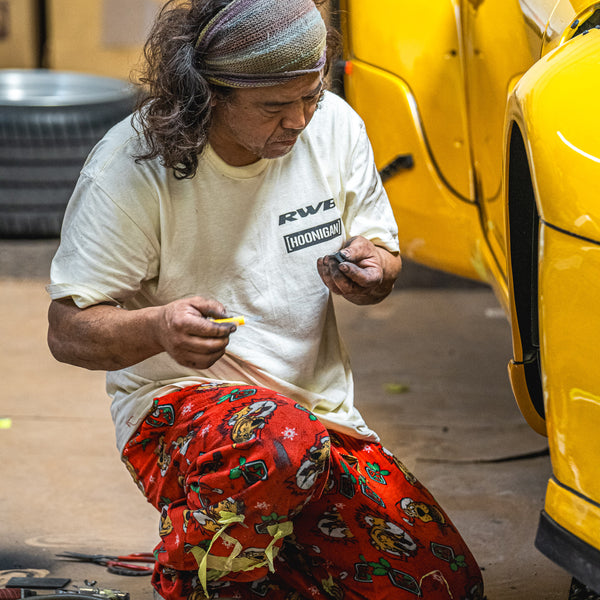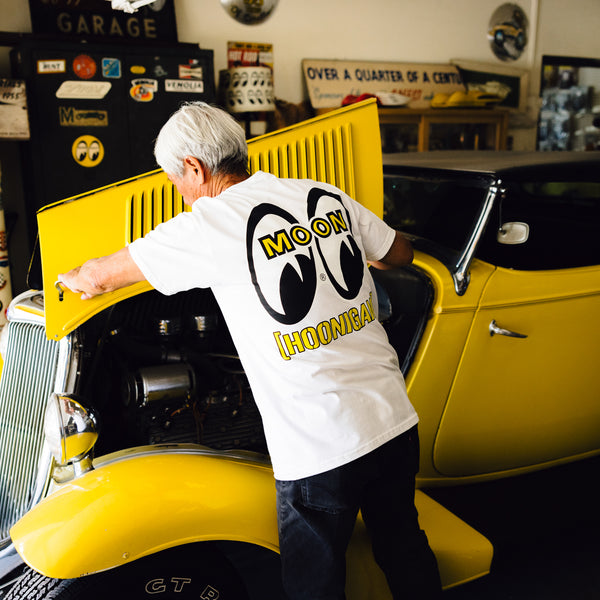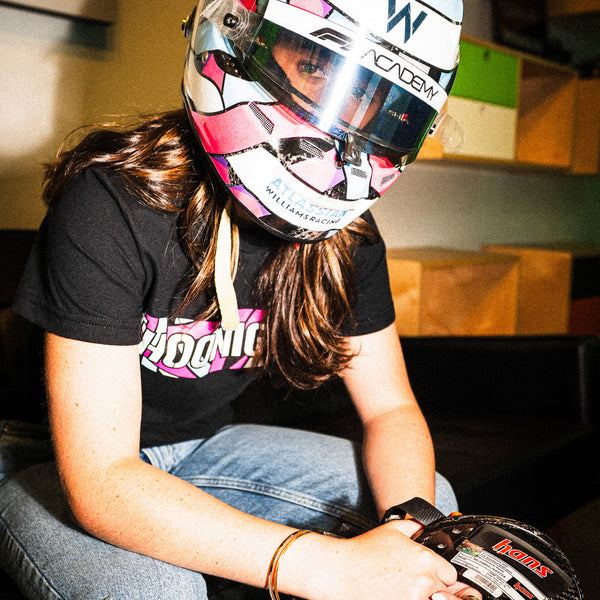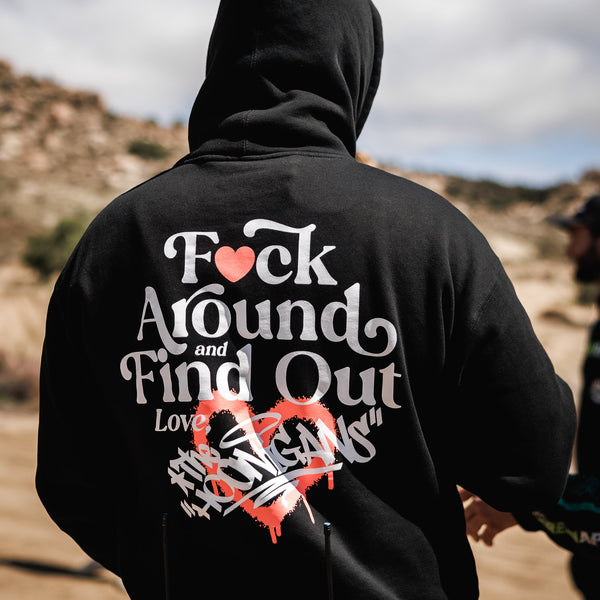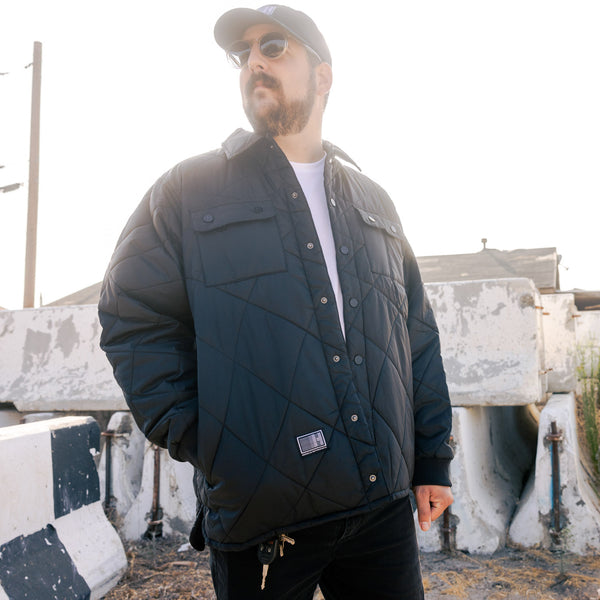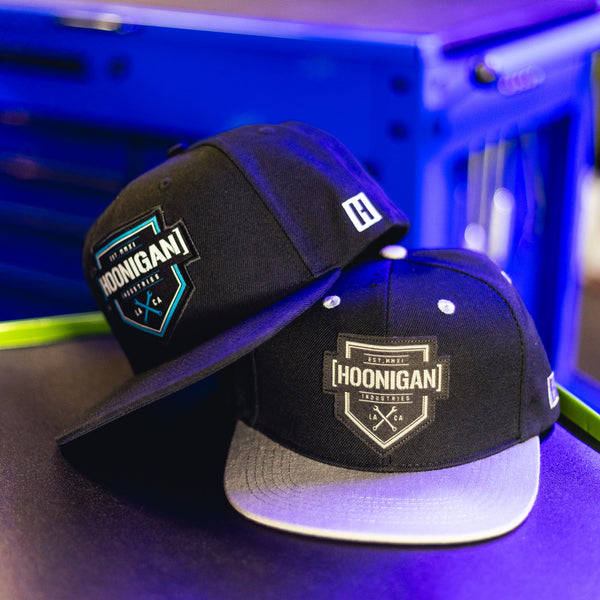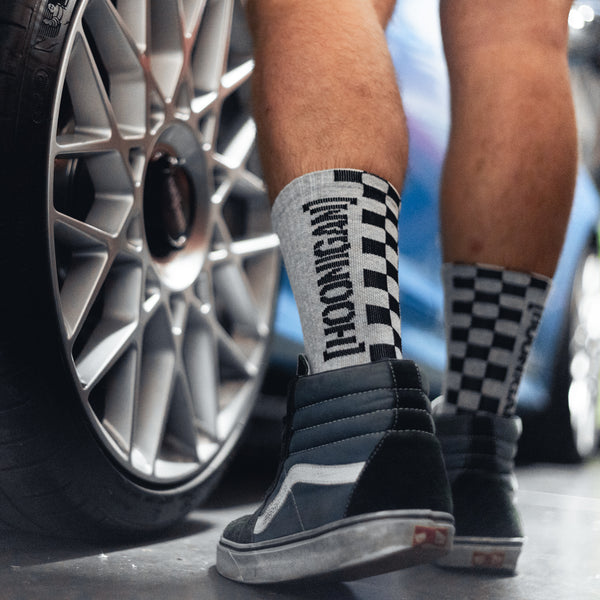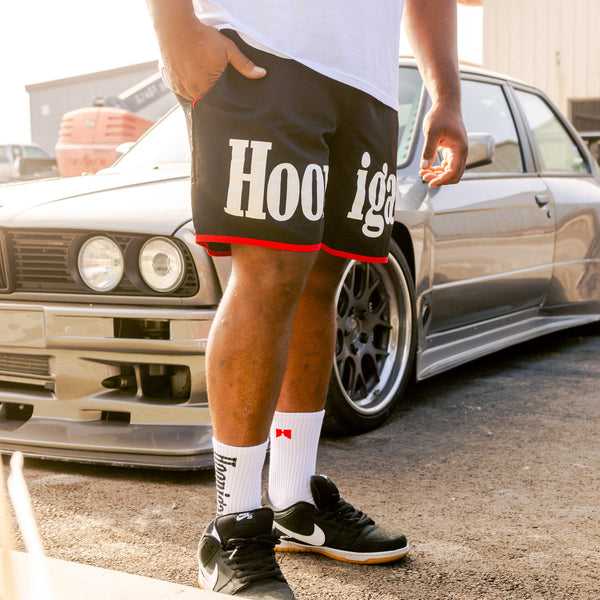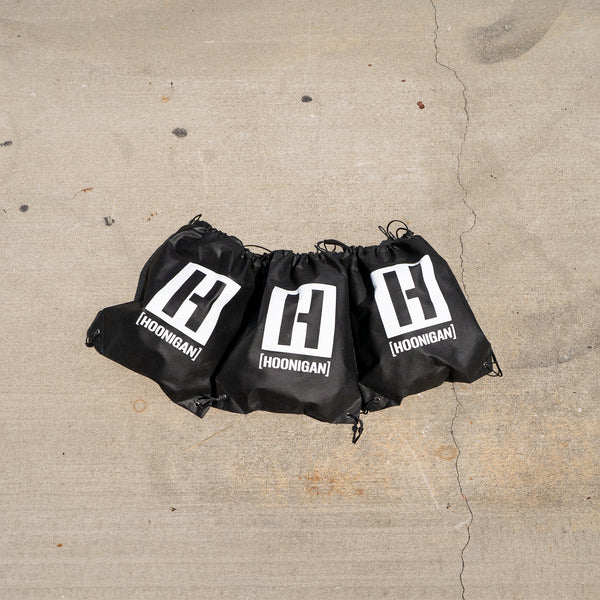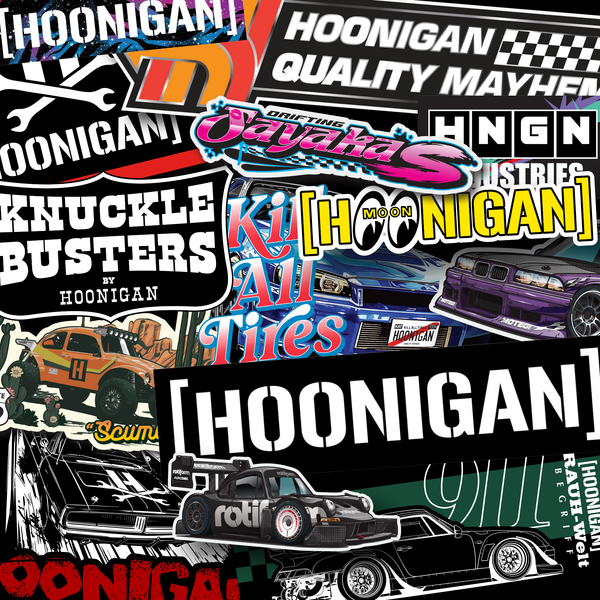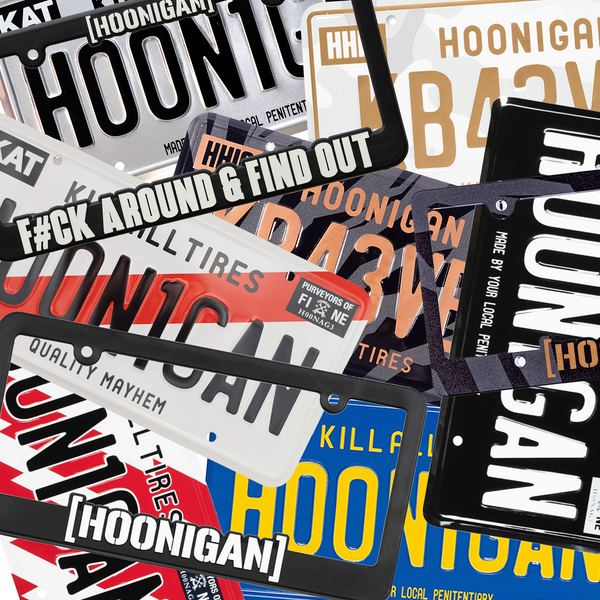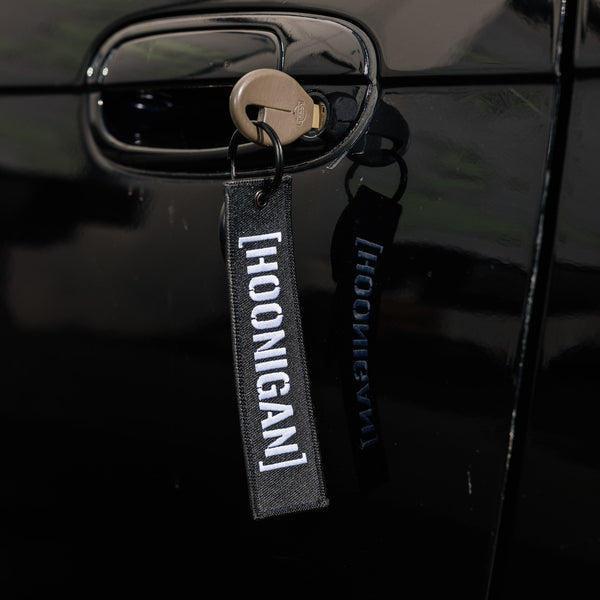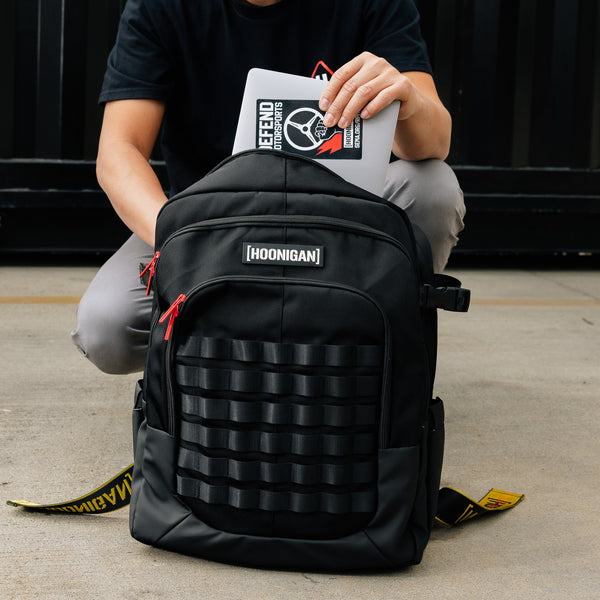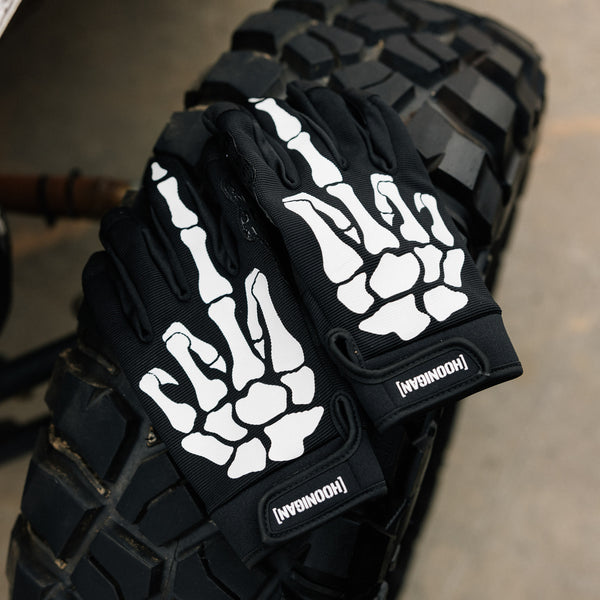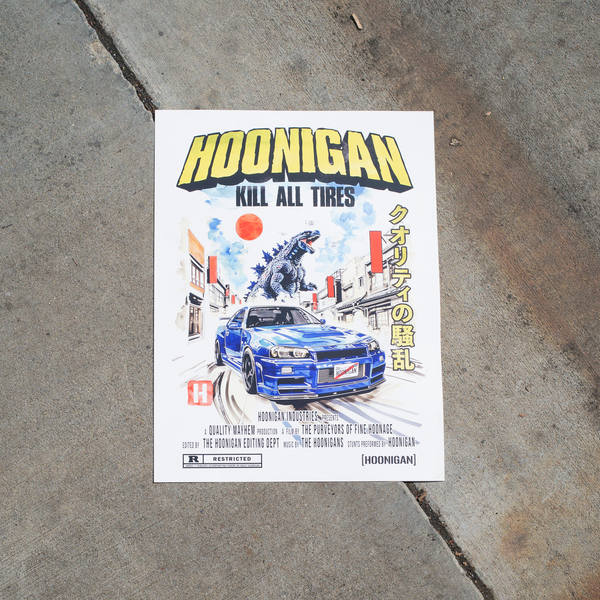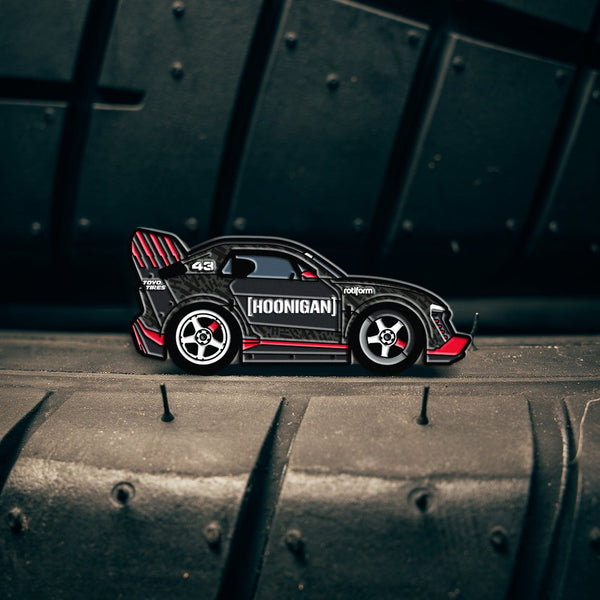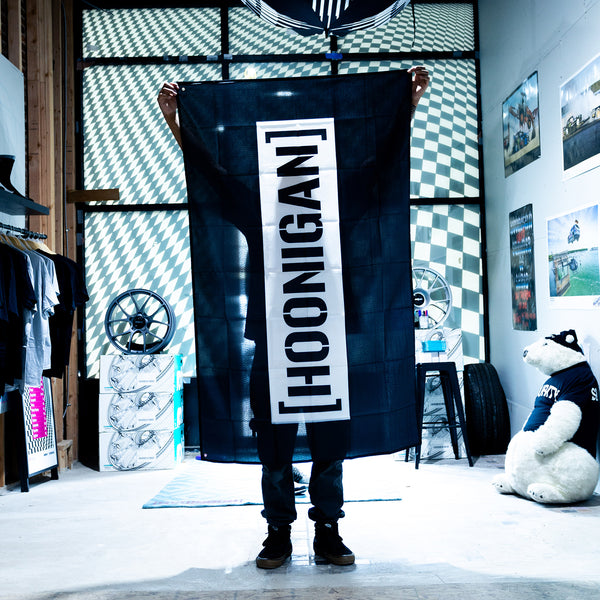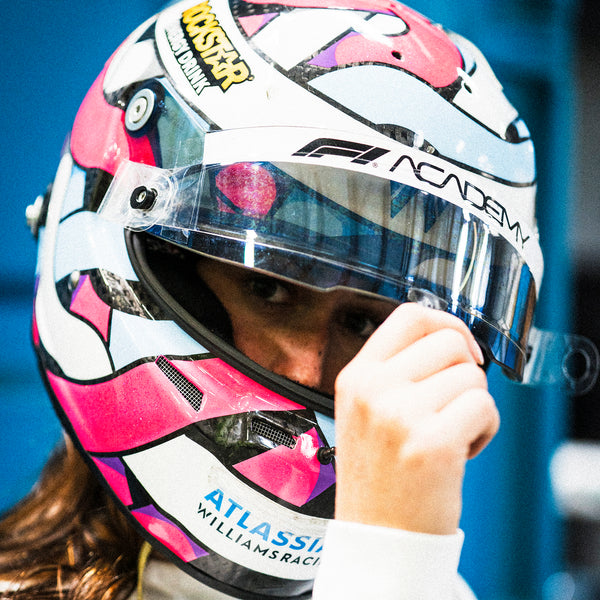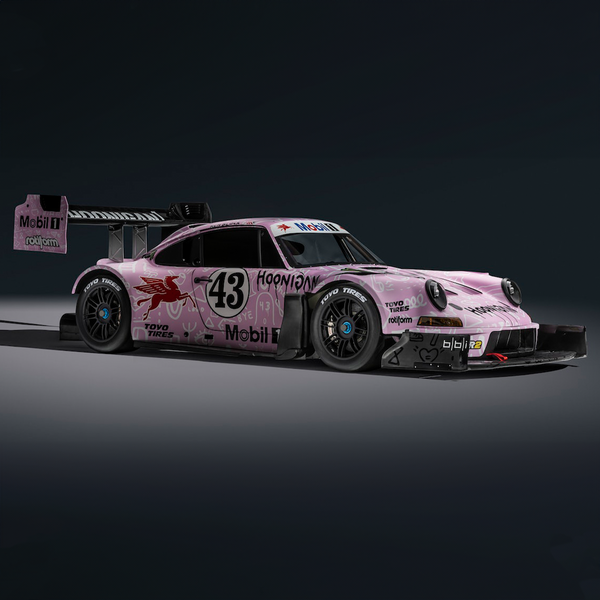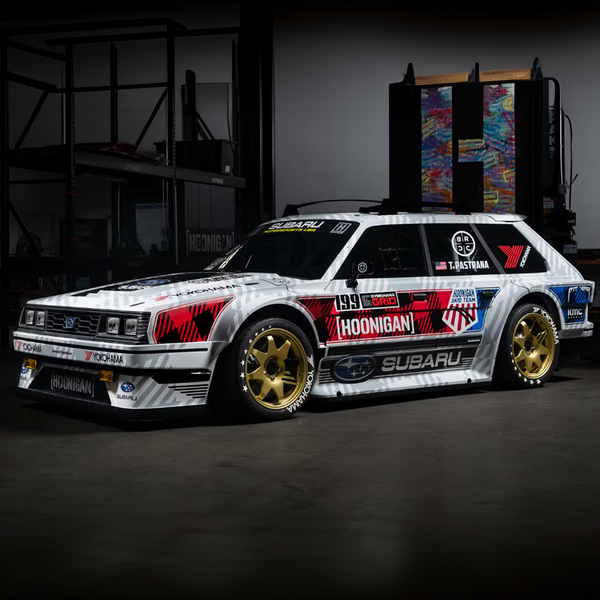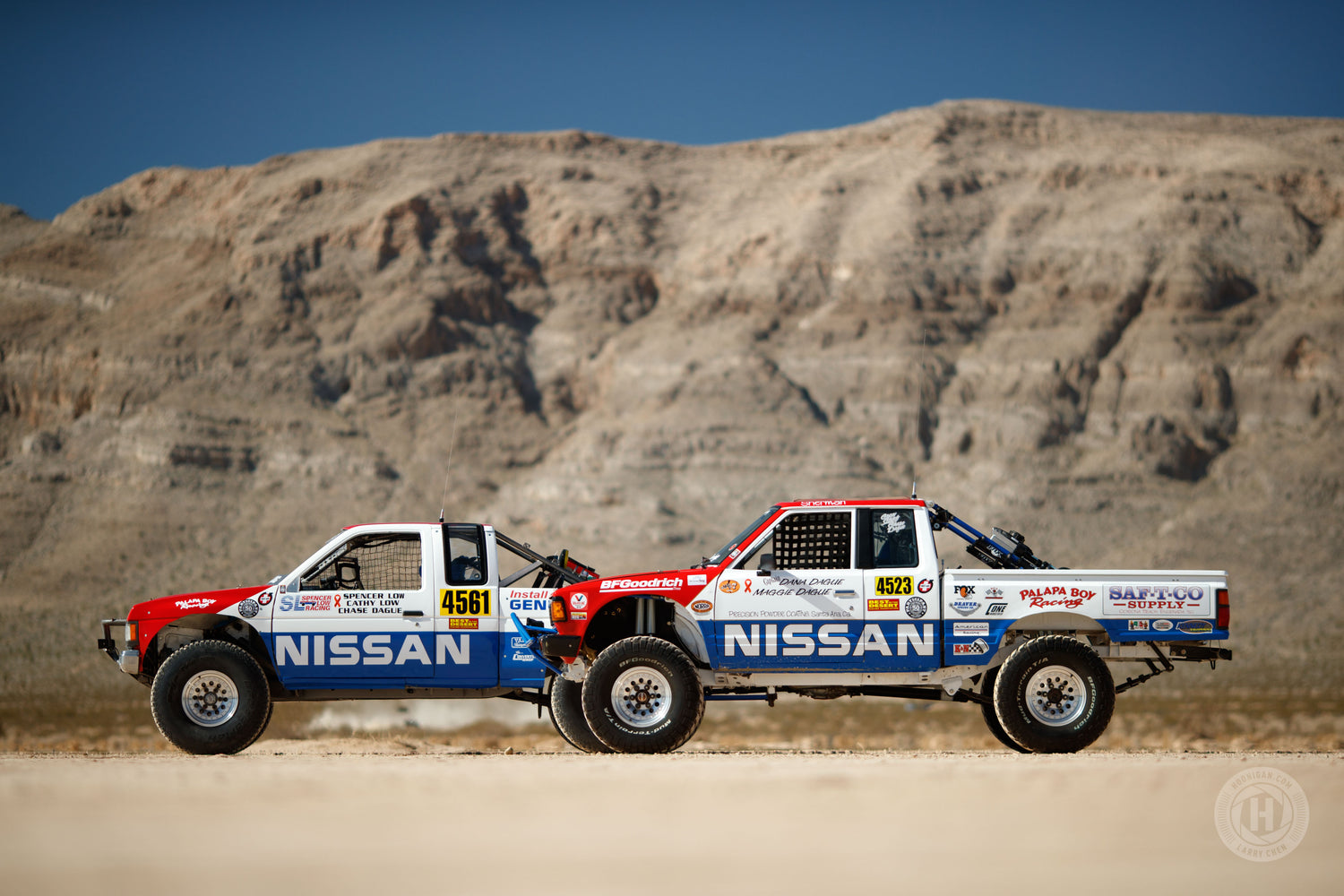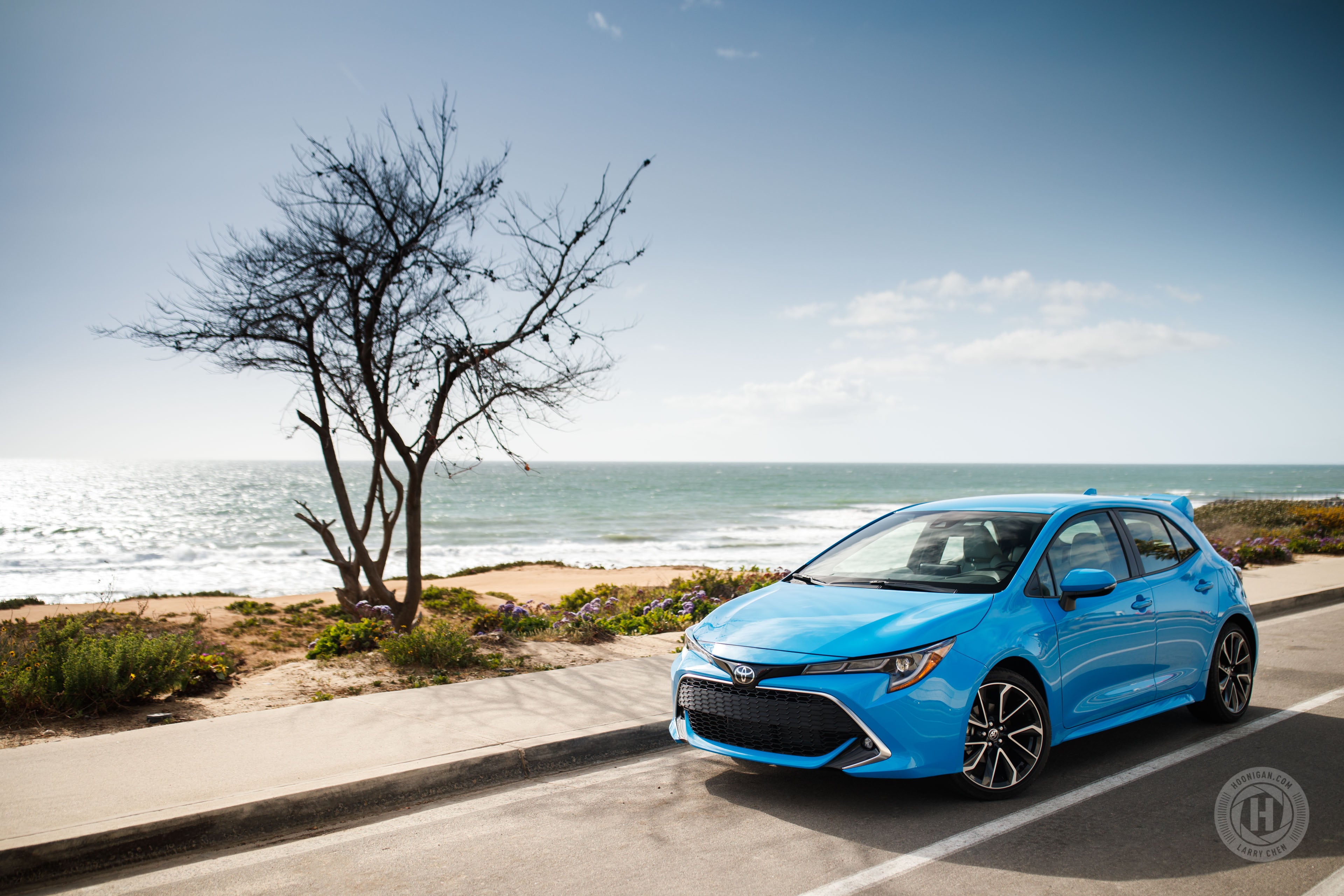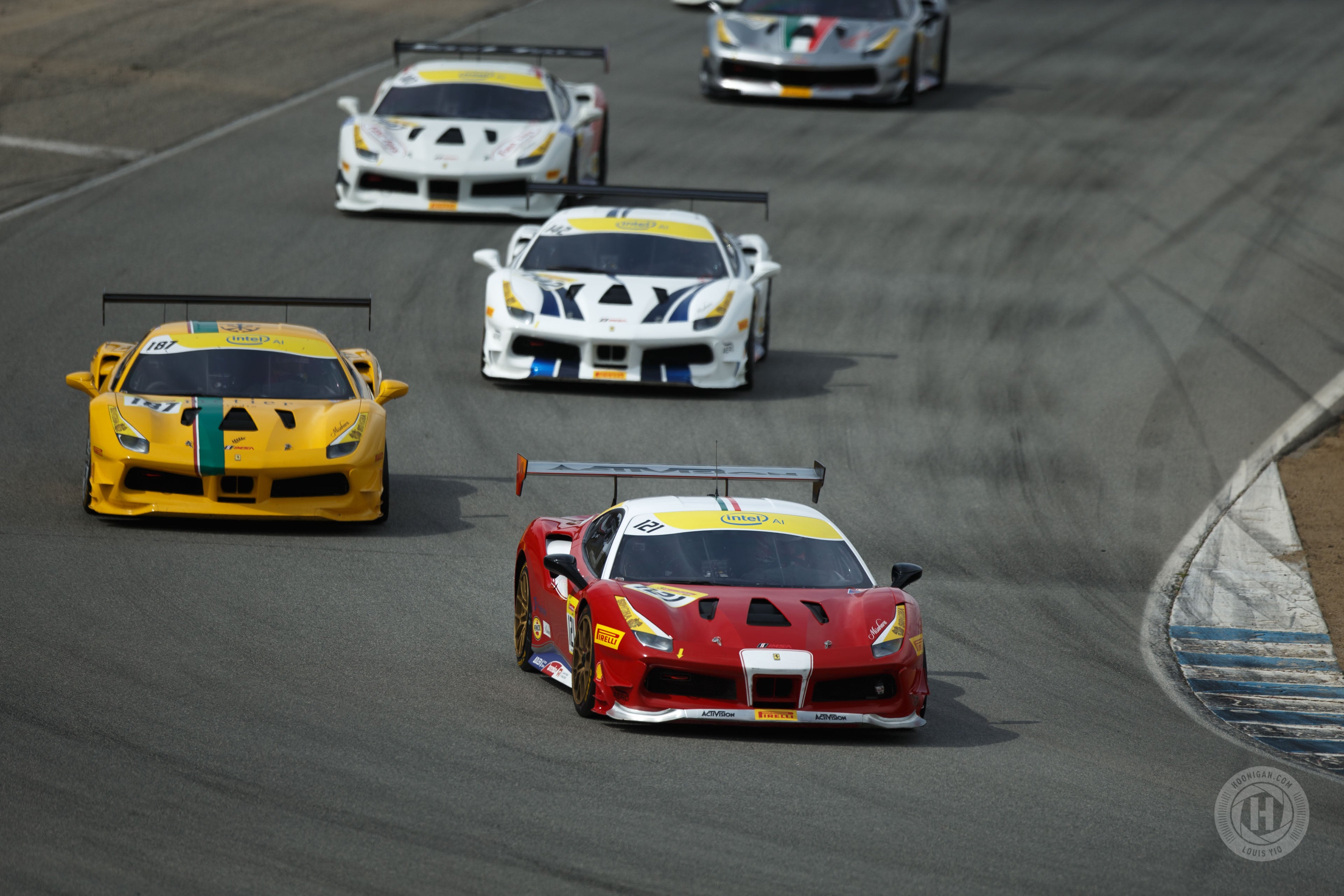When it comes to off-roading Nissans, their Titan and Frontier come straight to mind thanks to short course racing. However, that legacy was established long before that in the deserts of Nevada and Mexico with the 720 pickup and the Hardbody D21. Paplapa Boy Racing makes sure everyone remembers that.
 |
 |
 |
 |
[desktop-only]
[desktop-only-end]
[mobile-only]
[mobile-only-end]  |
 |
 |
When we think about off-road and Japanese makes, two manufacturers come to mind right away: Nissan and Toyota. In the modern era, drivers like Brad Lovell, Chad Hord, and Carl Renezeder usually pop up because of CORR (Championship Off Road Racing), TORC (The Off Road Championships), and LOORS (Lucas Oil Off Road Series) and Nissan’s own push for short course racing back in the very late 1990s and early 2000s. Well before those guys, there were two trucks that set the stage for pushing the hardcore off-road image for the brand: the Nissan 720 and D21 Hardbody pickup.
 |
 |
Here in the US, we were racing trucks in the Baja for quite some time. However, it was usually larger half-ton trucks like the C/K-series from Chevrolet, The F-series and Bronco from Ford, and the Ram from Dodge were all associated with this image. In the 1980s, Datsun was re-branding everything to Nissan and they wanted to get the American truck guys into their dealerships and buy their trucks instead. How do you do that when those aforementioned trucks are already dominating the market? You go racing in the very same places they do with your smaller truck.
 |
While we may think that this isn’t a challenging task today with our modern coilovers and bypass shocks, you must remember that this was in an era where those suspensions were only just starting to be used in off-road racing. Many times, the classes were still made of worked over stock trucks. “Sherman”, the 720 King Cab four-wheel-drive pickup that Dana Dague of Palapa Boy Racing named after its original driver, Sherman Balch, was the first effort for Nissan to go racing off-road under the re-branding. Not only did they hire Balch to race this truck but did what a lot of OEs do today to get their brand in front of people. They put celebrities behind the wheel along with the pro drivers. Nissan had done this before, as Datsun, with Brock Racing Enterprises (BRE) with the 1960s and 1970s with the 240Zs and 510s we treasure today. So, it was a well proven idea that continues to work right now.
 |
 |
 |
 |
 |
 |
Of course, you can’t run a regular engine in a racing series, it must be something that’s proven to be reliable. So, under Sherman’s hood is a classic L20B engine with dual side draft Webers. The front differential is a R180 that was once a 260Z rear differential that was flipped around to work backwards. This can be done, so long as the gear oil continues to oil the ring, pinion, and carrier. It has an LSD, one of the first uses of a front limited slip in off-road racing, and uses adapter spacers to work with those diff drive cups. The drive cups are also drilled out at the flanges to also allow the axle to move through it when it reaches bottom travel as the axle is longer than stock.
[desktop-only]
[desktop-only-end]
[mobile-only]
[mobile-only-end]  |
 |
 |
A stock axle would droop out, which is why it uses a longer one and that would impact the flange when it bottomed out. This is also an era before modern CV axles were normal and the increased angles that aftermarket axles are capable of today. The rear is a Dana 60 rather than the Nissan H233B as that was the tougher axle at the time.
 |
For suspension, it's still a Sway-a-Way torsion bars and Dever leaf springs but uses two Fox Racing shocks per wheel, 2.5-inch diameter in the front and 2.0-inch in the rear. With all the work done, it was limited to just over 10.5-inches total travel front and about 14-inches in the rear. The Stock 720 had about 10-inches of front travel stock, so even with all that work done, it was only for a half-inch extra travel, but it would be enough to work. In 1985, the 720 pickup line would be retired and replaced with a more modern truck.
 |
 |
 |
 |
 |
The legacy it created was continued with the 1986 Nissan “Hardbody” D21 pickup. It was called “Hardbody” due to its use of a double wall bed. Sherman and all 720s were a single wall, so the bed skin was the walls of the bed. By doing a double wall, you could use a tougher metal inside the bed and it could take more abuse, but the fender skin could remain straight. The racing version of this truck, known as “Spencer” by Dague for being driven by long time Nissan driver Spencer Low, uses custom 31-spline torsion bars up front, far thicker than stock and about the size of a Type One Volkswagen Beetle axle. Even so, with the large diameter of the torsion bars it only has about 8.5-inches of travel without any preload because the bars are so thick.
 |
 |
 |
 |
Another first was the use of bypass shocks. Some in off-road like to think those were a modern invention, but this Nissan truck was using them in 1986 and. That’s not the only modern touch on this truck’s suspension. The arms and steering parts received some changes to make it work by Nissan’s own factory. Everything, even the spindles, were reinforced with chromoly plating to strengthen them for the rigors of open-desert racing. A lot of those changes made to this truck, built originally in the late 1980s, are still used today in modern stock trucks that go desert racing. Shows just how far ahead this truck was nearly three decades ago.


 |
[desktop-only]
[desktop-only-end]
[mobile-only]
[mobile-only-end]  |
 |
 |
Powering this truck is a VG30E, a 3.0-liter V6, based on the engine used in the stock truck off Nissan’s factory floor. It also used a custom 10-inch ring and pinion for the rear drive train. However, unlike Sherman, Spencer is a two-wheel-drive truck like most open-desert trucks are today and of its era. It reduces the complication of making a front drive axle work as was described with the 720 and not have to use a straight axle, which doesn’t drive as nimbly as an independent axle does. Also, the extra power of the 3.0-liter V6 helps it power through the stuff a 4WD would be needed with the smaller engine.
 |
However, Spencer’s story is probably the most interesting. When Spencer Low was done racing the Hardbody, he sold it to a racer down in Mexico. The new owner decided to try and modify it and fit a newer Nissan Frontier body and make the truck into something it really wasn’t. When that guy was done with it, Low found out and was able to tell Dague about it. Dana is not only a long-time fan of Nissan trucks but also worked with Spencer when he was racing. Dana got the truck without hesitation but quickly realized it was going to be a load of work to bring it back to its former glory.
 |
 |
 |
They Frontier body was removed and a new D21 body was located to replace it. However, even with that, there was still a lot of body work done to that body and still needs work now. There are inches of bondo on the rear bed, for instance, to fix damage done to it. So, for now, that has stayed but hasn’t taken away from the incredible chassis that was restored. Even with its age and staying with that design, Spencer Low drove his restored truck to a Vintage Open class victory at the 2018 Mint 400.
 |
 |
 |
 |
 |
Sherman also ran in the Mint 400 and the NORRA Mexican 1000 where it took home a victory for its class (Challenger Class) and took home a victory for its era of the 1980s. More impressive is that, out of 200 vehicles, this Nissan 720 pickup finished in 17th place overall, even in front of modern UTVs with their impressive suspensions and even retired modern Trophy Trucks.
 |
 |
Despite their ages, Spencer Low and “Spencer” the D21 Hardbody and “Sherman” the 720 pickup prove that age doesn’t always dictate what’s best. It’s experience and engineering, something that many racers and builders forget. Thankfully, Dana Dague and Palapa Boy Racing make sure that Nissan’s open desert racing efforts are never forgotten and remain as competitive as they were over three decades ago. They are legacies that still dictates how many modern trucks are built and legends that Nissan builds its Frontier and Titan on to this day.
Instagram: Larry_Chen_Foto
[desktop-only]
[desktop-only-end]
[mobile-only]
[mobile-only-end]